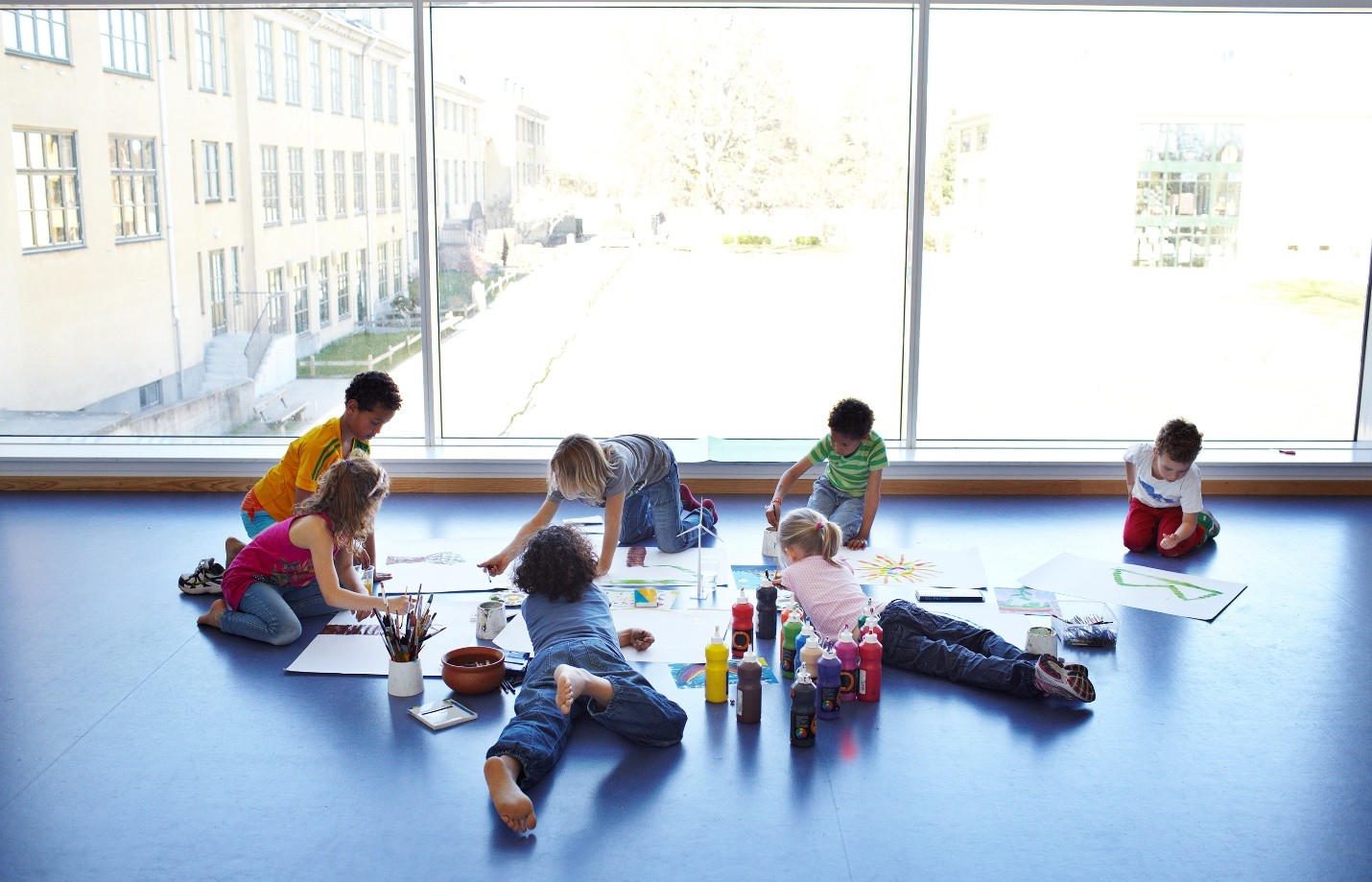24 Jul Effective Strategies to Extend Children’s Learning
Effective Strategies to Extend Children’s Learning

Sometimes we come up with incredible curricula that we believe is the perfect balance of fun and learning. Sometimes we try our best to engage our students and the reception is lukewarm at best. And sometimes the kids get the most excited about the wayward ladybug that made its way inside the classroom. The seasoned teacher knows how to pivot between what’s planned and what’s spontaneous without missing a beat. The adage, you win some, you lose some is the perfect description of how planning our days with young children often turns out. However, that same seasoned teacher also knows that the third scenario is the perfect opportunity for learning to blossom and thrive.
When children have a vested interest in something – even something as common as a ladybug, it’s a perfect opportunity to use their interest as a catalyst for learning. Rather than quickly moving past the moment, it would be an incredible demonstration of connection to the children to turn that moment into the lesson (or lessons). How?
Here are 4 examples of how to extend learning when children show interest in an unplanned topic:
- Encourage collaboration and inquiry. This is what that looks like: “hey, I have an idea, when we go outside to the playground, let’s get into little groups and walk around and see if we can find other ladybugs. Do you think we’ll find more than one? What about more than 3? Let’s look at the one inside for help. What do you notice about this ladybug?” Be sure to use open ended questions and encourage their discovery.
- Set up art to reflect interests. Put out red paint and buttons of various sizes. Have kids create their own ladybugs. Look up pictures and discuss what ladybugs look like. Ask furthering questions such as, “how many spots are on your ladybug? Let’s compare your ladybug picture to your friend’s. (Bonus because now it’s a math lesson!).
- Facilitate deeper ⦁ learning through play. Put out open ended manipulatives or tinkering parts where children can imagine what ladybug colonies look like or pretend to establish ladybug flight patterns. Imagine how ladybugs defend themselves or gather food. Really encourage the children to explore this new interest using their imaginations with support from you.
- Boost language skills with storytelling. This is especially great for children who are learning English or who are delayed in language skills. Storytelling, with proper scaffolding from a capable adult or older child, allows children to use their imagination and critical thinking to come up with a story that follows logical sequencing and has a conclusion. This can be spontaneous while playing outside or something you facilitate during circle time.
Children love learning and they are constantly doing so even when, to us, it looks like they’re just playing on the grass. For kids, trying to make sense of this fascinating world around them is a full-time job. We can help them along the way by recognizing when spontaneous learning is taking place and by providing that “just enough” level of support that allows learning to flourish.
Related Articles:
- https://www.naeyc.org/resources/position-statements/dap/enhance-development
- https://www.naeyc.org/resources/pubs/books/powerful-interactions-2
- https://teachingstrategies.com/blog/educating-the-whole-child-extending-childrens-learning-at-home/

Become a childcare substitute teacher today!

Contributing Expert Author
Samantha Reeves, M.A.
Samantha has over 25 years of experience in the field of child development. She has worked in all manner of professions as they relate to children including beginning her career as a floater teacher with 3 units, to a multisite center regional director, and most recently, a professor in the Child and Adolescent Studies department at CSUF.
Samantha earned her B.S. at Cal State Fullerton in the same department she would later instruct in. She has a M.A. in Clinical Psychology from Pepperdine University where she focused her research on attachment theory and attachment related disorders.
Samantha lives in Anaheim Hills with her husband and 4 children. She recently made the decision to put her teaching career on pause to stay home with her kids, but plans to return to the classroom in some format in the future.


Sorry, the comment form is closed at this time.